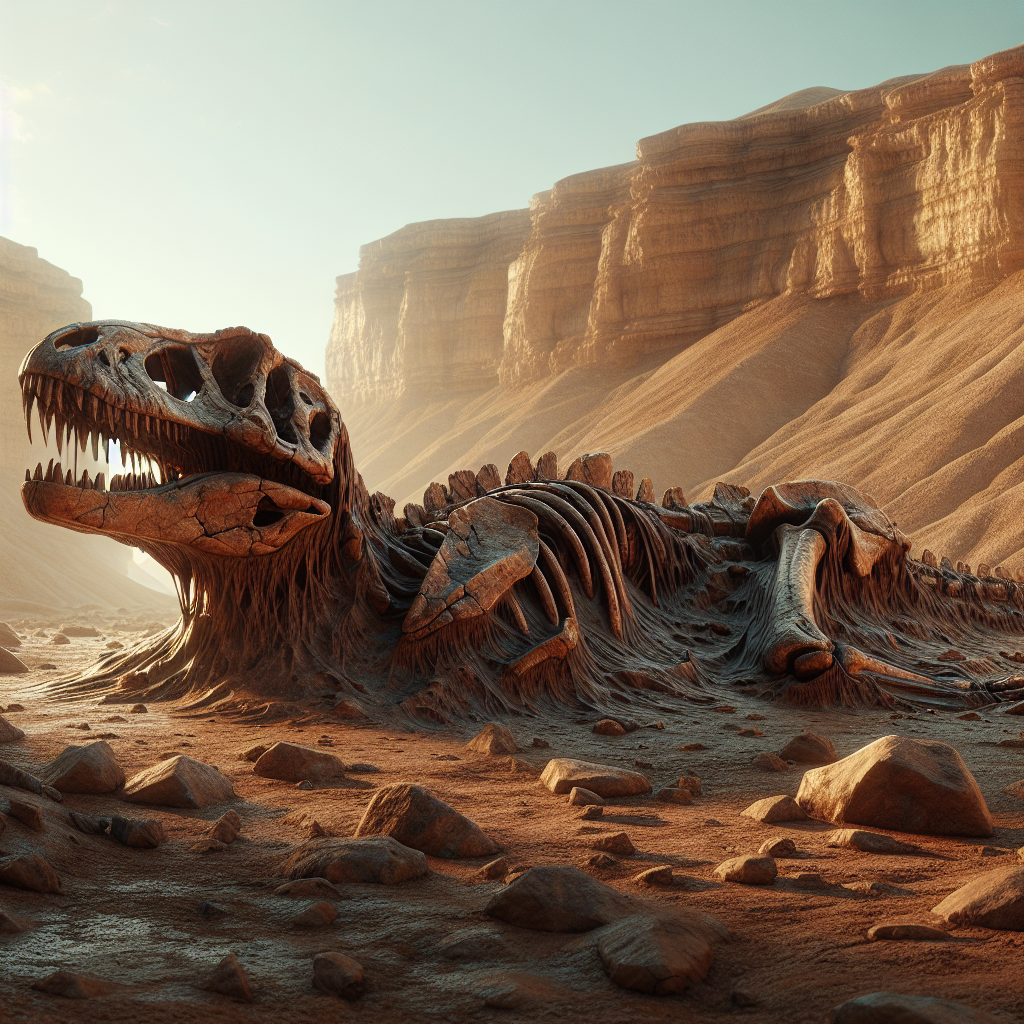Frozen Dinosaurs? Why They’re Impossible But Mummies Exist
Summary
The idea of stumbling upon a fully frozen dinosaur—Jurassic Park style—encased in a block of ice sounds exciting. But scientifically, it’s impossible. Dinosaurs lived millions of years ago during the Mesozoic Era, a time that ended around 66 million years ago. Earth’s climate has changed drastically since then, making preservation through freezing virtually impossible.
Instead, what scientists have discovered are mummified dinosaurs. These aren’t wrapped in linen cloth like Egyptian mummies but rather are naturally preserved fossils with patches of skin, scales, and sometimes even internal organs. These rare fossils offer unprecedented insight into what these ancient reptiles looked like, how they lived, and even what they ate.
The process behind mummification involves rapid burial and the right environmental conditions that prevent decay. Sediments can protect soft tissues from bacteria, scavengers, and erosion. Over time, minerals seep into the tissues, preserving them in extraordinary detail. Scientists have found several well-preserved dinosaur “mummies,” including a famous specimen of a duck-billed hadrosaur with clear impressions of skin and possible pigments.
Mummified specimens challenge previously held beliefs about dinosaurs’ skin texture, coloration, and anatomy. These fossils help researchers piece together a far more detailed snapshot of prehistoric life than bones alone can provide.
So while Hollywood may continue teasing us with icy dinosaurs thawed from glaciers, the real science tells a different—and perhaps even more fascinating—story about the secrets preserved in sediment rather than ice.













